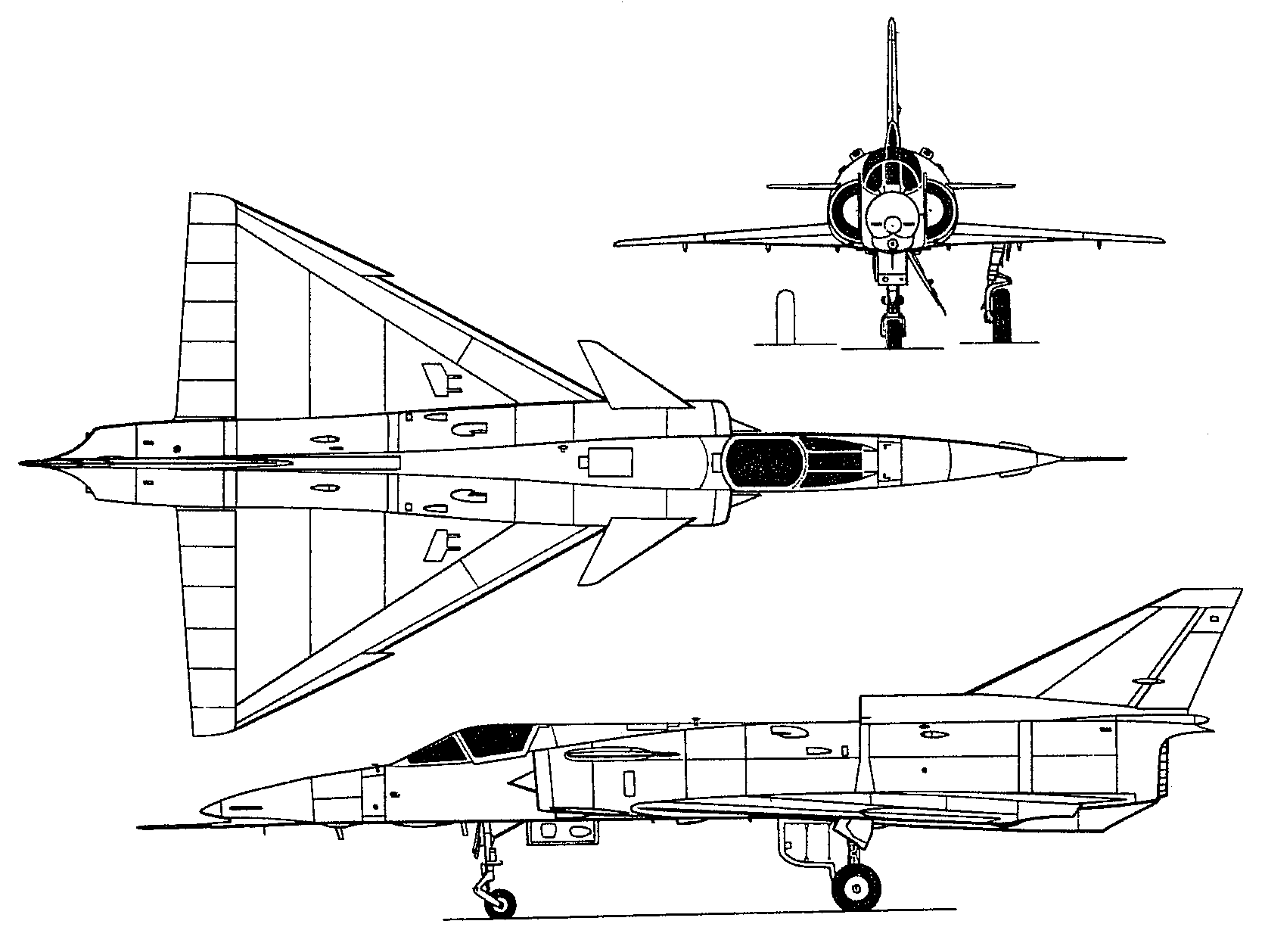20+ Pound Facts: Must-See
The world of weight and mass is filled with fascinating facts that can help us better understand the intricate relationships between objects, forces, and their impact on our daily lives. From the extremely heavy to the surprisingly lightweight, there are numerous examples that highlight the diversity and complexity of weight and mass. In this article, we will delve into 20+ pound facts that are not only interesting but also provide valuable insights into the physical world. Whether you are a science enthusiast, a student, or simply someone curious about the world around you, these facts are sure to captivate and educate.
Introduction to Weight and Mass
Before we dive into the fascinating world of pound facts, it is essential to understand the difference between weight and mass. Mass is a measure of the amount of matter in an object and is typically measured in kilograms or grams. On the other hand, weight is a measure of the force exerted on an object due to gravity and is usually measured in pounds or newtons. This distinction is crucial because it helps us understand how weight can vary depending on the location and gravitational force, while mass remains constant. For instance, an object that weighs 20 pounds on Earth would weigh less on the Moon due to its lower gravitational force.
Understanding the Pound as a Unit of Measurement
The pound is a unit of weight that is widely used in the United States and a few other countries. It is defined as 0.45359237 kilograms, making it a fundamental unit in the United States customary and other systems of measurement. The pound has a long history, dating back to ancient times when it was used as a unit of mass and weight. Over time, its definition has evolved, but its importance in everyday applications has remained significant. For example, in commerce, the pound is used to measure the weight of goods, and in science, it is used to calculate forces and energies.
| Unit of Measurement | Equivalent Value |
|---|---|
| 1 Pound | 0.45359237 Kilograms |
| 1 Pound | 16 Ounces |
| 1 Pound | 7000 Grains |
Interesting Pound Facts
There are numerous interesting facts related to the pound that showcase its significance and versatility. For instance, the world’s heaviest person recorded weighed over 1,400 pounds, highlighting the extremes of human weight. On the other end of the spectrum, precise scientific instruments can measure weights in fractions of a pound, demonstrating the importance of accuracy in scientific measurements. These examples illustrate the broad range of applications where the pound is used, from medical records to scientific research.
Pound Facts in Nature and Technology
Nature and technology are filled with examples where the pound plays a crucial role. For example, birds as light as a few pounds can migrate thousands of miles, while airplanes weighing hundreds of thousands of pounds can fly around the world. This contrast between the lightweight yet robust structures found in nature and the heavy, complex machines created by humans underscores the diverse applications of weight and mass. Furthermore, understanding these principles is essential for advancements in fields like aerospace and biotechnology.
- The average weight of a grand piano is about 700 pounds, requiring careful handling and transportation.
- A space shuttle can weigh over 4.5 million pounds at launch, highlighting the massive scale of space exploration vehicles.
- The largest living organism, a fungus, covers over 2,200 acres and is estimated to weigh around 35,000 tons or approximately 77 million pounds.
Performance Analysis and Technical Specifications
In the realm of engineering and technology, understanding the technical specifications related to weight and mass is vital for designing efficient and safe systems. For instance, in aerospace engineering, the weight of a vehicle directly affects its fuel efficiency, maneuverability, and overall performance. Similarly, in automotive engineering, reducing the weight of a vehicle while maintaining its strength can significantly improve its fuel economy and handling. These considerations are critical in the development of new technologies and in the optimization of existing ones.
Future Implications and Innovations
As technology continues to evolve, the importance of understanding and manipulating weight and mass will only increase. Innovations in materials science are leading to the development of lighter, stronger materials that can revolutionize industries such as construction and manufacturing. Furthermore, advancements in space technology require precise calculations of weight and mass to achieve efficient and safe space travel. These future implications underscore the need for continued research and development in the field of weight and mass, promising significant advancements in various sectors.
What is the difference between mass and weight?
+Mass is a measure of the amount of matter in an object and remains constant, while weight is a measure of the force exerted on an object due to gravity and can vary depending on location.
How is the pound used in scientific research?
+The pound is used in scientific research for calculations involving forces, energies, and masses, particularly in fields where the US customary system is prevalent or for simplicity in certain applications.
In conclusion, the pound, as a unit of weight, is deeply intertwined with our understanding of the physical world, from the natural phenomena that surround us to the technological advancements that shape our lives. By exploring the various aspects of the pound and its applications, we gain a deeper appreciation for the complex interplay between weight, mass, and the forces that act upon them. As we continue to push the boundaries of science and technology, the importance of this knowledge will only continue to grow, leading to new discoveries and innovations that will redefine our world.
